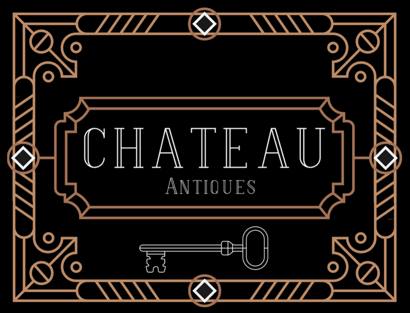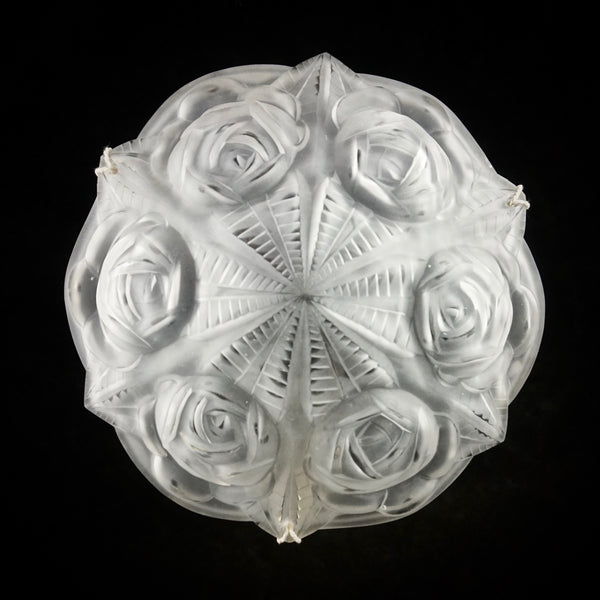Art Nouveau and its Adoption into the French Home
By the end of the 19th century, the leading creatives of the European and especially French world of art and design had just about enough of the confinements the predominantly historicist modes of expression imposed at the time. New schools of thought began to emerge with an emphasis on manufacturing finely-crafted goods that wouldn’t just be a copy of an earlier period or mass-produced uniformly in large factories. The Arts and Crafts movement that started to flourish in Britain at the time is a good representative, but the brief period between the end of the 19th century and the start of WWI was to be immortalised by the French in what we now know as the Art Nouveau movement.
Simply known as the modern style in its earliest form, its new name was quickly adopted when a native of Hamburg by the name of S. Bing opened up his Maison de l’Art Nouveau in Paris in 1895. He was a connoisseur of Japanese art, which was to serve as one of the main inspirations of the movement. In stark contrast to the right angles and easily reproduced forms that had come to exemplify the industrial age, nature was seen as Art Nouveau’s other major source of inspiration.
The unusual new shapes and almost palpable aversion to symmetry would prove to be the style’s main selling point that allowed it to enter and breathe new life into homes in France, Belgium, Germany and beyond. The highly stylised naturalistic depictions are best observed in lamps and other lighting fixtures of the time, resembling downcast flowers and delicate bulbs. Furniture was inspired by plants as well, mostly under the influence of Emile Gallé (1846-1904), who played a leading role in the style’s second major hub - Nancy, France. He was known for changing the basic structure of his creations into branches and stalks that would culminate in blossoms.
Tableware had undergone a transformation as well, both in production for the market and in terms of new sources of inspiration. WMF or Die Wurttembergische Mettalwarenfabrik founded in Geislingen, Germany would become the most prominent silverware manufacturer of the period, employing as many as 4,000 people in 1910. Its Art Nouveau tableware, cigarette boxes, smoker sets and other household items were both highly sought after and artistically acclaimed since their often asymmetric forms didn’t lend themselves to quick production in large numbers, and a silversmith could work on a given item for 50 hours or more, producing remarkable individual pieces.
Things were to change with the advent of WWI however. On one hand, production of household goods was diminished since focus was directed at the war effort. On the other, artists themselves began to abandon the style, choosing to turn their attention to refining existing working processes and exploring the possibilities new materials and social roles of the time presented. A broader, more widespread movement was needed to accommodate this. It came about in the form of another style whose roots would take hold in France and spread its influence far beyond it, Art Deco.
ChateauAntiques, December 2016.




Chateau Antiques
Author